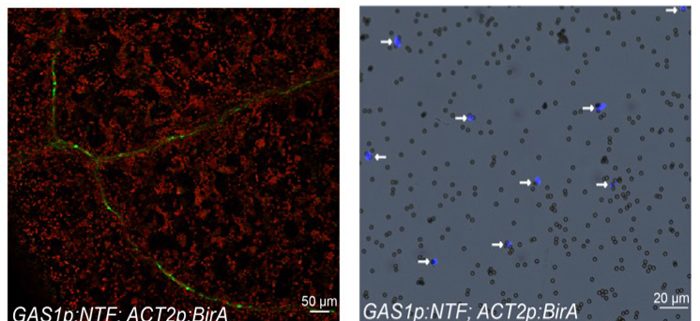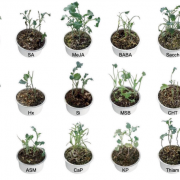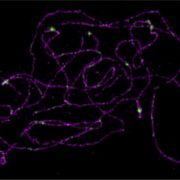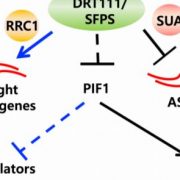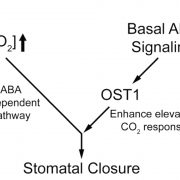Dissection of cell-type-specific chromatin access
Tian et al.
Background: Flowering time plays an important role in plant reproductive success. In the model plant, Arabidopsis thaliana, several flowering time pathways adjust flowering time in response to day length), hormones, and temperature (i.e. vernalization a period of cold). During photoperiodic control of flowering, leaves are the major organs that sense the day-length signal, and previous studies have suggested that phloem companion cells in leaves are mainly responsible for generating the flowering signal. However, the function of other cell types, like leaf epidermis, in sensing day length remains unclear.
Question: We wanted to know whether phloem cells perceive photoperiod signals differently from other leaf cell types.
Findings: We combined INTACT nuclei sorting with ATAC- and RNA-seq to compare chromatin accessibility and transcription in phloem companion cells and leaf epidermis cells. We found that the long-day signal induced accessible chromatin regions (ACRs), and identified cell-type-specific differences in chromatin accessibility and gene transcription in response to photoperiod. In the vasculature, more ACRs were induced than in the epidermis. The vascular inducible ACRs were highly enriched in binding sites for transcription factors involved in the regulation of flowering time. Based on the chromatin accessibility and expression signature, we ranked the candidates and identified new flowering regulator, which we then characterized through phenotyping of knockout and phloem-specific knockdown mutants.
Next steps: Our analysis sheds light on how the external stimulus provided by photoperiod affects chromatin accessibility in a tissue-specific manner to regulate plant development. It also sets the stage for establishing cell-type-specific gene regulatory networks at different developmental stages.
Hao Tian, Yuru Li, Ce Wang, Xingwen Xu, Yajie Zhang, Qudsia Zeb, Johan Zicola, Yongfu Fu, Franziska Turck, Legong Li, Zefu Lu and Liangyu Liu. (2020). Photoperiod-responsive changes in chromatin accessibility in phloem-companion and epidermis cells of Arabidopsis leaves. Plant Cell DOI: https://bit.ly/3r2BQWF


